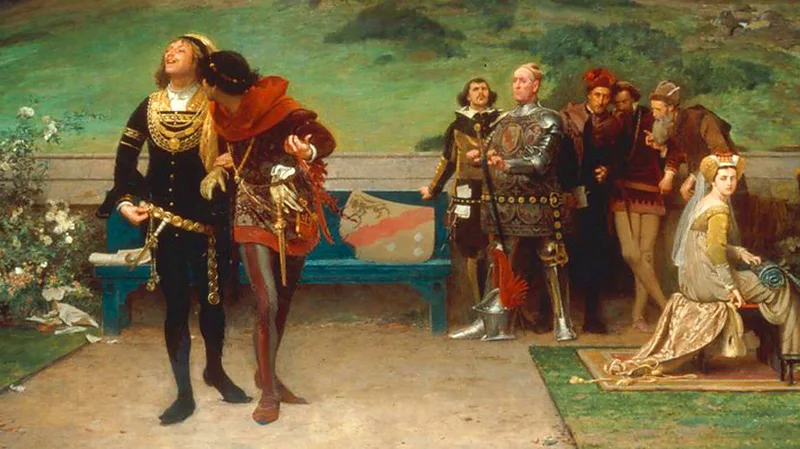Why Edinburgh has a Confederate soldier memorial David Wallace Lockhart
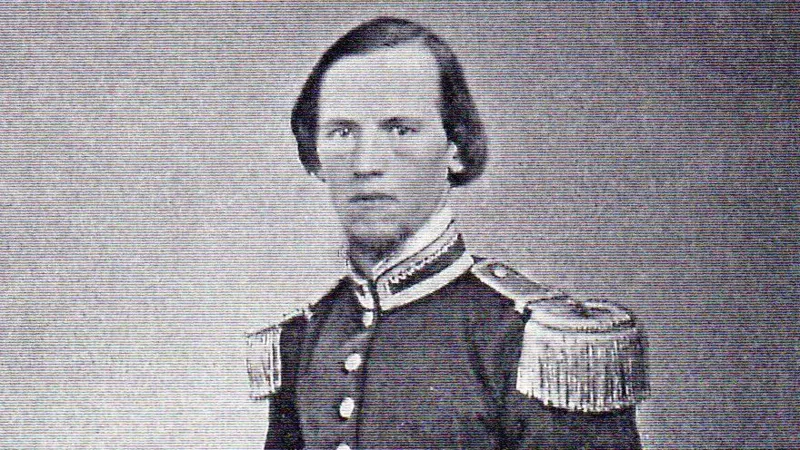
Why Edinburgh has a Confederate soldier memorial A grey obelisk, about 2 meters (6 feet) high, with a faded inscription can be found deep within Edinburgh’s Dean Cemetery.
It honors Scot Colonel Robert A. Smith, who was killed in Kentucky during the American Civil War.
He served as a Confederate soldier, fighting for the Southern states that supported slavery and sought to secede from the Union.
Abraham Lincoln’s Emancipation Proclamation, which freed enslaved African-Americans in 1863, was inspired by the battle.
In the US, contentious discussions over how the conflict should be remembered have focused on Confederate monuments.
Robert’s brother erected this memorial.
There were nine children, including Robert. At the age of 14, he traveled to Mississippi to join his brother James after leaving Edinburgh.
James Smith had a prosperous stove company after moving to Jackson in the 1830s.
He traveled frequently between Scotland and the United States.
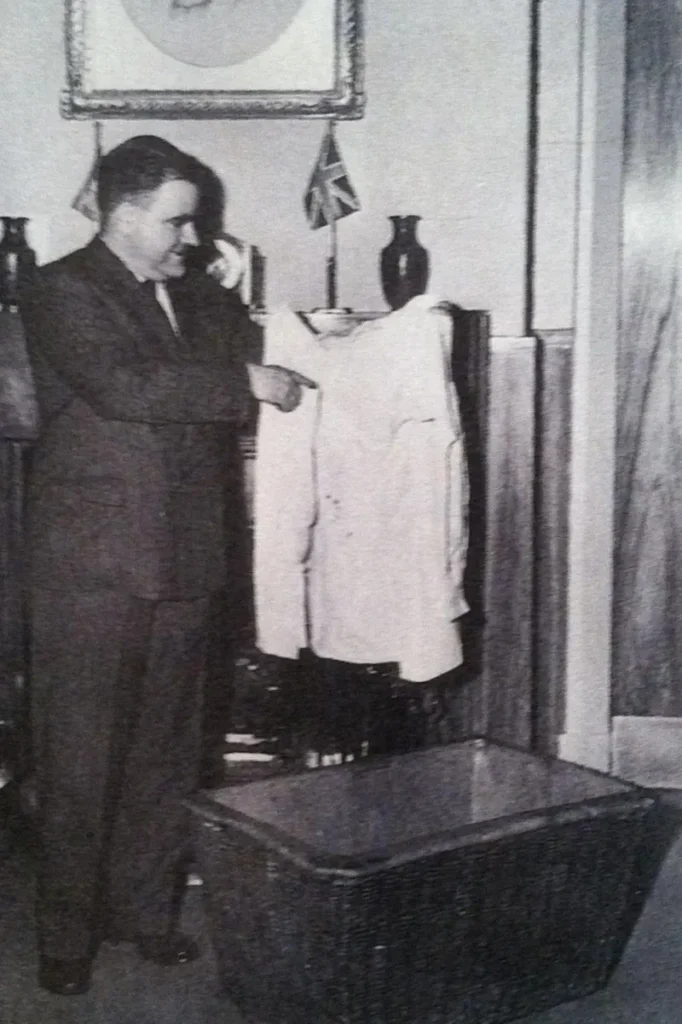
Tragic events occurred during one of these expeditions in 1854.
Off the coast of Newfoundland, Canada, his steamboat, The Arctic, collided with a French ship. James spent three days at sea in a zinc-lined dishcarrying basket when the ship sank.
Eventually, a passing ship with a fellow Scot from Greenock, Inverclyde, as its captain, rescued him from the sea.
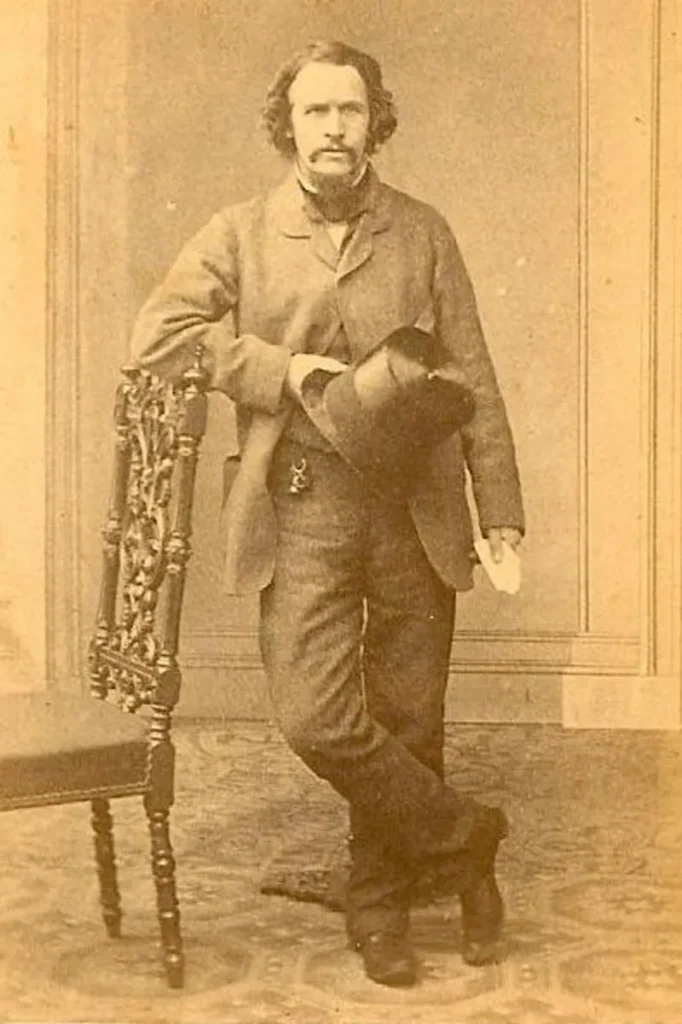
Unlike Robert, James
Unlike Robert, James had returned to Scotland by the time of the civil war, so he did not take up arms. However, he did support the Confederate cause from a distance, even flying the new red and blue flag from his home in Glasgow (the Riverside Museum in Glasgow currently owns that exact flag). He helped the Southern states financially and arranged for the sending of weapons across the Atlantic. James was extremely wealthy thanks to a patent for selling American stoves in Britain, and he employed hundreds of people at his foundry in Bonnybridge, close to Falkirk. Some of that wealth was used to honor his younger brother after Robert’s death at the Battle of Munfordville in 1862.
He funded more than just the memorial in Edinburgh. There was a six-meter (20-foot)-tall, thirty-ton one in Jackson, Mississippi, and another on the battlefield where Robert lost his life.
Long after the Civil War, James remained a supporter of the Confederacy.
This “ardent Southern sympathiser” even hosted Jefferson Davis, the former president of the Confederate States, in Glasgow.
Lydia Melton, their fourth great niece, is descended from the Smith brothers. She continues to reside in the southern United States.
According to her, a lot of Confederate memorials were erected in the 1920s in an effort to “intimidate” people and preserve racial divisions.
The memorials to Robert Smith, including the one in Edinburgh, are defended by her as “private monuments to grief” that do not overtly endorse the Confederate cause.
According to her, James Smith commissioned the Edinburgh obelisk as a memorial so that the siblings who stayed in Scotland may “remember their beloved little brother.”
Lydia acknowledges
Lydia acknowledges that remembering family members who backed a cause that fought to uphold slavery is really tough.
She prefers to imagine that their ancestors’ support for the Confederacy was more about standing by their friends and neighbors than it was about them actually owning slaves.
What function did the Confederacy’s Scots serve?
According to John Messner, curator at Glasgow’s Riverside Museum, James’s 1800s sympathies for the Confederacy would not have been out of place in Scotland.
Support was merely driven by money for some.
Confederate ports were barred by Union naval forces, thus any merchant who could transport commodities to the south might profit. Additionally, they may return with cotton for the mills in Scotland’s west.
Blockade runners, or enterprising Scottish captains, made this trek in large numbers. Some shipwrights even constructed ships specifically for this use.
“There was a huge economic opportunity for people selling items to the Confederacy” , said Messner.
“It’s a horrible thing to say but it was an opportunity to make quite a bit of financial benefit.”
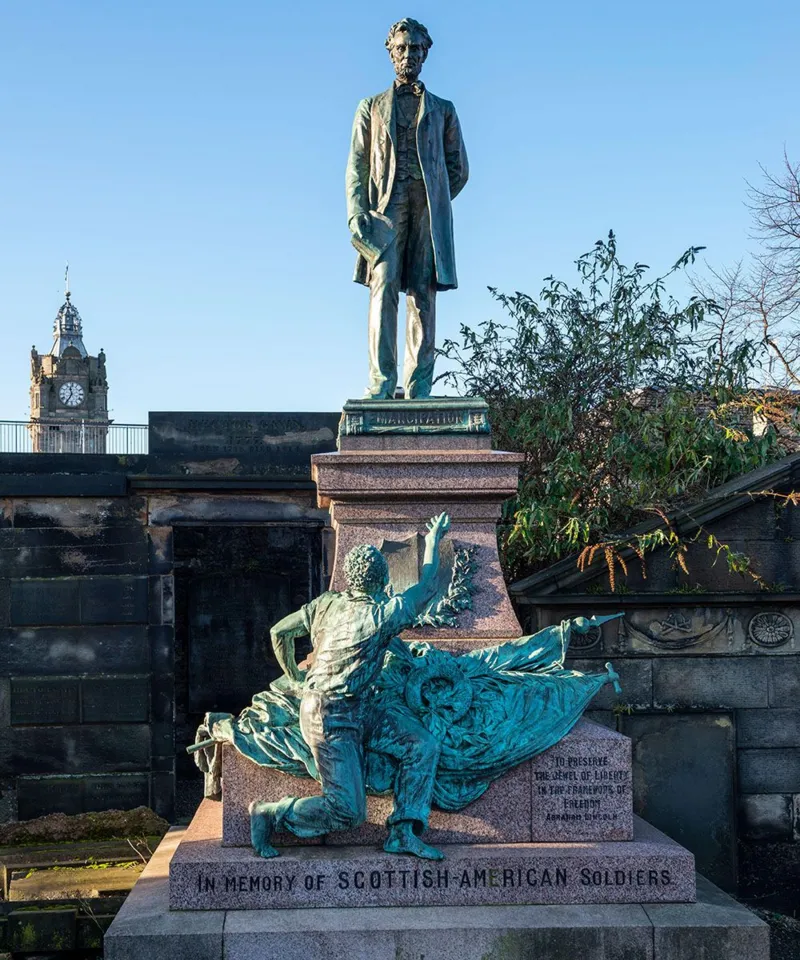
Robert Smith’s memorial in Edinburgh isn’t very well-known or noticeable.
Abraham Lincoln’s statue in Old Calton Burial Ground is the city’s much more well-known Civil War memorial.
There has been some debate around the obelisk in Dean Cemetery. Some tourists have damaged it.
Though the argument has been much less heated here than in some areas of the USA in recent years, some have left Confederate relics at the location.
It’s possible that Robert Smith’s memorial in Edinburgh dates from the 1800s and is situated across an ocean from the United States.
However, it touches on an ongoing discussion about how we commemorate one of the most contentious eras in American history.

